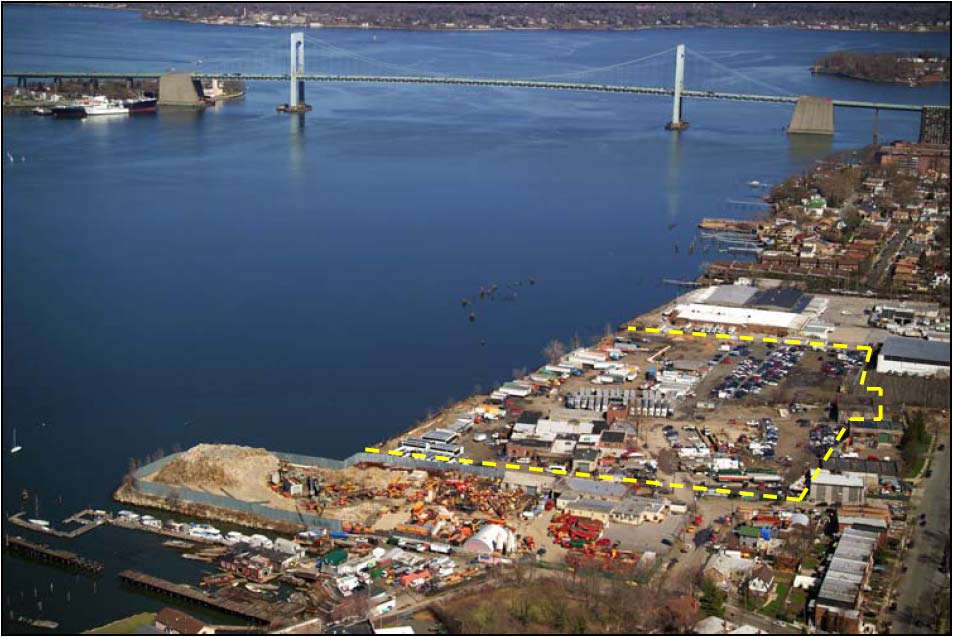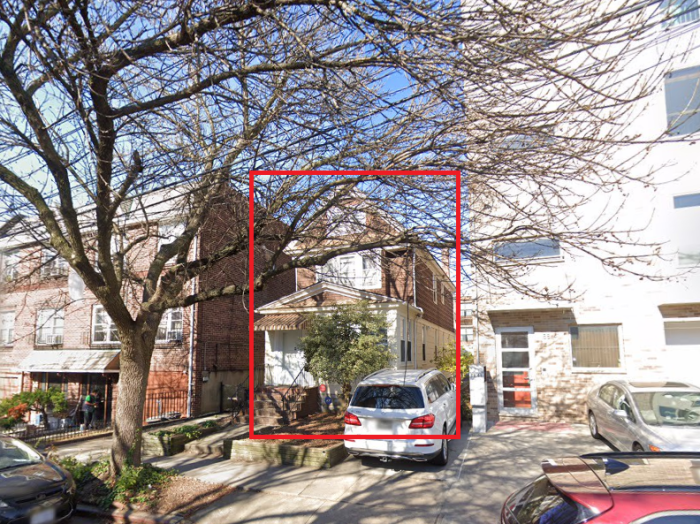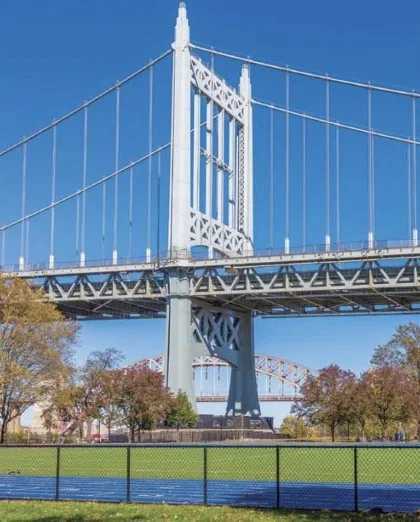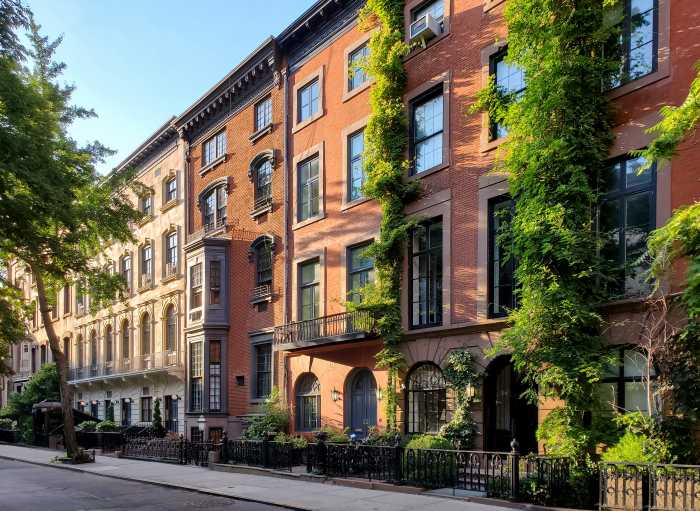With one promise apparently broken, Community Board 7 (CB 7) decided on Monday to keep its promise regarding the future of the Waterpointe site in Whitestone.
Members of CB 7 is pushing for a new zoning classification for Waterpointe — an 18-acre waterfront site where 52 single-family homes are to be built — after developers failed to deliver a promised deed restriction ensuring that the scale of development does not increase.
Architect Joseph Sultana appeared on behalf of Waterpointe developer, the Edgestone Group, to offer the board a confirmatory deed, but not a deed restriction, according to CB 7 Zoning Committee Chair Joe Sweeney.
While a confirmatory deed perfects an existing deed by changing some aspects and removing defects, a deed restriction is a more binding agreement that would apply to all future owners of the property.
“Unfortunately the developer did not fulfill our request,” Sweeney said, “and therefore in order to protect the community of Whitestone, we feel that this is the best and appropriate manner so that the negative consequences will come to to pass.”
According to Sultana, Edgestone is still working to put in place the deed restriction even though the deadline set by CB 7 has passed.
“The developer is willing to do whatever the community board wants and we’re trying to prepare the correct legal language,” Sultana said. “We reached out to the community board this morning in order to correctly define the terms of the deed restriction, trying to get the correct language they want indicated.”
For CB 7, however, it’s too little, too late.
“We spent three years, nine meetings, and the net result is at the last meeting they give us something that we didn’t request,” Sweeney said.
Sweeney has authored a letter to the City Planning Department on behalf of CB 7 to inform the agency of the board’s request to the borough president to submit a land use proposal that would downzone the area from a manufacturing district to a single-family residence zone. This would codify many of the conditions the board had originally requested, such as the development of only single-family homes and the size and spacing of individual lots.
“It means in the end that now it has to go to a completely new process,” Sweeney said, adding that after the borough president produces the rezoning proposal it would then have to go back to the community board again.






































